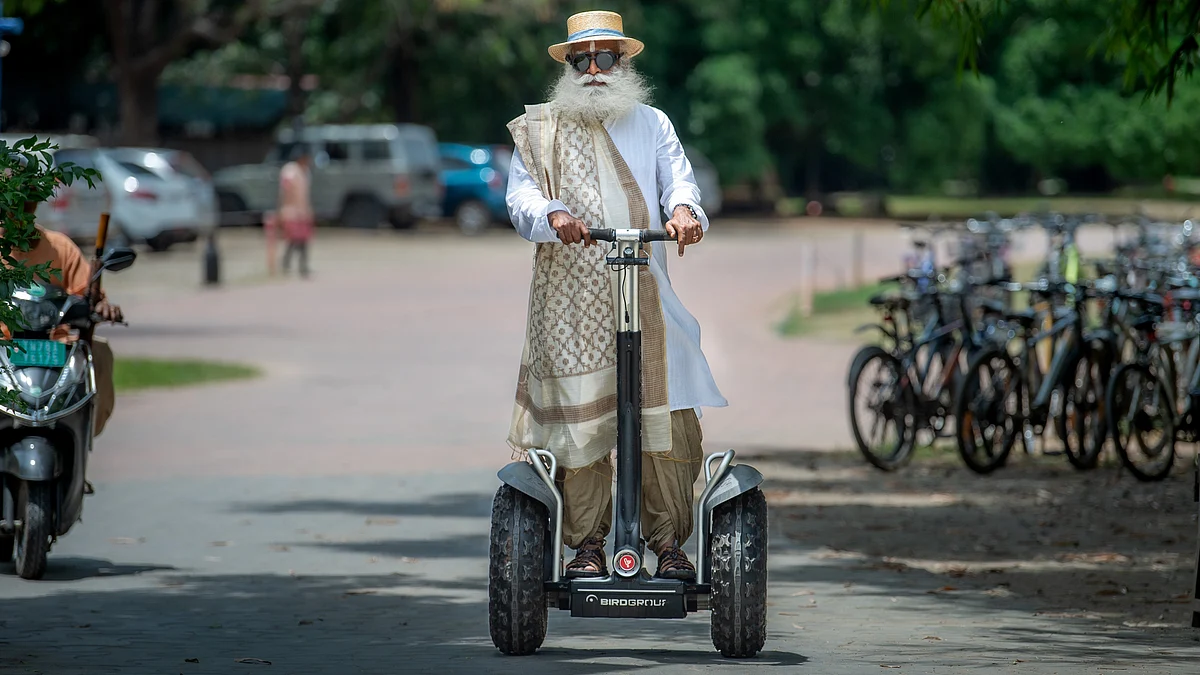Walk into a school in any corner of India today — be it a metro like Mumbai, a tier-1 city like Pune, or a small town — and you’ll notice one thing: children are growing up with technology.
At Asymmetrical Learning, when we introduced the Digital Library, we visited our partner schools to see how kids were actually using it — how they read, enjoyed, and remembered stories on screens. We started off hopeful but careful. But what we saw — and the results we got — completely surprised us!
Kids read stories on tablets, solve maths problems on learning apps, and code simple animations. They exchange ideas on WhatsApp groups (yes, even young ones do), and they can find answers to almost anything on YouTube. And all of this, effortlessly!
As educators and parents, the question we need to ask is not WHETHER technology should be a part of learning — it already is! The real question is: how do we use it wisely, meaningfully, and in line with future of education?
Talking about Future of Education, let us first look at NEP 2020.
NEP 2020 and its objective
The National Education Policy (NEP) 2020 is India’s new framework for education aimed at transforming the educational system to meet the needs of the 21st century. Its primary objective is to make education more inclusive, accessible, and holistic, with a strong focus on foundational literacy, numeracy, and the integration of technology. The policy encourages critical thinking, creativity, and the development of skills that will help children succeed in an increasingly digital world.
One of my favourite aspects of the NEP is that it views technology as a great equaliser — a way to democratise learning across socio-economic divides. I have seen our platform getting used in Zilla Parishad schools to IB schools where kids were reading the books to their comfortable reading level, their accessible language and their topics of exposure. Ticking off all the NEP highlights, inclusive, accessible, and holistic!
When used thoughtfully, technology has the power to take learning to an entirely different level. Let’s take a look at some challenges that technology can easily solve WITHOUT replacing the human in the loop!

.jpg)
Personalised learning
This is a favourite topic for many educators, but it’s hard to put into practice in a classroom of 50 or 60 students. For example, an English teacher may know there’s no such thing as “perfect” English — some students are better at grammar, while others speak more fluently. But with so many kids, it’s nearly impossible for her to give each one personalised learning path.
But with technology — say an adaptive reading app or language app — each child can progress at their own pace. I’ve seen reluctant readers fall in love with books when offered personalised recommendations through a digital library.
A new path of reading
Speaking of reading — the NEP 2020 puts a strong emphasis on foundational literacy. One beautiful way technology supports this is through digital libraries, now available in many Indian languages. Whether it’s a child in a Pune classroom or a government school in Himachal, they can access thousands of stories in Marathi, Hindi, Tamil, English — stories that might not have been physically available in their school library. And when students can share what they read with their peers, through online reading clubs, their motivation skyrockets.
Coding and computational thinking
When we first talked about teaching coding in schools, the common reaction was: “Coding? For kids? Shouldn’t they be playing outside?” But guess what? NEP 2020 is all-in. And for good reason. Coding isn’t just about typing fancy commands. It teaches kids how to break down problems, think logically, and experiment fearlessly. Trust me, their smiles when something finally “runs” — chef’s kiss.
Global connect
I’ve seen our founder’s daughter, a 12-year-old girl from Pune, virtually attending Synthesis school in USA and solving some real life problems with the help of conundrums in the break out rooms with students from different nationalities. What an amazing mental and intellectual exposure this is! This global exposure not only widens their perspectives but also builds empathy and a sense of global citizenship — values that are deeply aligned with the NEP’s vision of holistic education.
How to introduce AI to kids
This is the big question today. AI is already influencing children’s worlds — recommendation engines, chatbots, voice assistants, image generators — it’s everywhere. Here’s how I believe we should approach it with the kids. This includes parents, teachers, educational thought leaders and school founders:
Collaborate, Don’t Replace: In Brave New Words, Sal Khan talks about his early experiments with AI and his daughter. She would write a paragraph, then AI would write the next one, and she would continue after that. From one small idea, many stories were created in different styles and viewpoints. This shows how we can use AI as a partner, not a replacement, in our thinking.
Demystify it early: Teach children that AI is built by humans — it’s not magic. Show them how a chatbot works or how YouTube suggests videos. Give real life examples of where they actually see it working. Their parents’ phones showing the ad for the cycle they have been asking for is not a mere coincidence but just an omnipresent technology doing its bit.
Teach them the WHY: Instead of just saying yes or no, teach them to explain why they want to use AI for their homework or project. Are they using it just to save time, or to build on their own ideas? Helping them understand this difference — especially when it comes from someone they trust — is really important.
Empower with caution: AI is powerful, but children must know its limitations and dangers too (deepfakes, misinformation, privacy risks). These conversations must start early and happen often.

Preparing our teachers
We cannot expect technology to transform education unless our teachers are comfortable and confident in using it. A few thoughts:
Recognise the reality: “We didn’t do it in our time, and we turned out OK”! This narrative does not hold any sense anymore. Quoting from a popular podcast, “while adults are digital immigrants, kids are digital natives”. Teachers must embrace this reality, not resist it.
Let AI use the boring stuff: Teachers should explore AI tools that can automate routine tasks — grading objective papers, analysing student progress, generating practice worksheets, generating lesson plans or even some activities. The goal is to free up time for deeper teaching and connection.
When I decided to write this article, I just went about writing my ideas on the screen and let AI do all grammar check, sentence framing checks and spell checks, saving my time (rather tedious task) of editing the same sentence again and again till it hits my ear right.
Professional development is essential: We need more workshops, peer learning groups, and hands-on training for teachers — especially in affordable schools and government schools. Many teachers want to learn but lack support. Many AI tools are freely available but awareness of how to use it is where conversations need to start.
In India, we must remember that education is about the heart as much as the mind. Technology can’t replace the reassuring smile of a teacher on the first day, or the comfort of reading a storybook with a parent in a pillow fort. But when used thoughtfully, technology can amplify what we value most — curiosity, creativity, collaboration, and compassion.
Let us prepare our children not just to use technology, but to question it, improve it, and use it ethically. And let us prepare our educators with the tools and mindsets they need to thrive in this new world.
(Ketki Sohoni is Co-Founder, Asymmetrical Learning)





.jpg)





